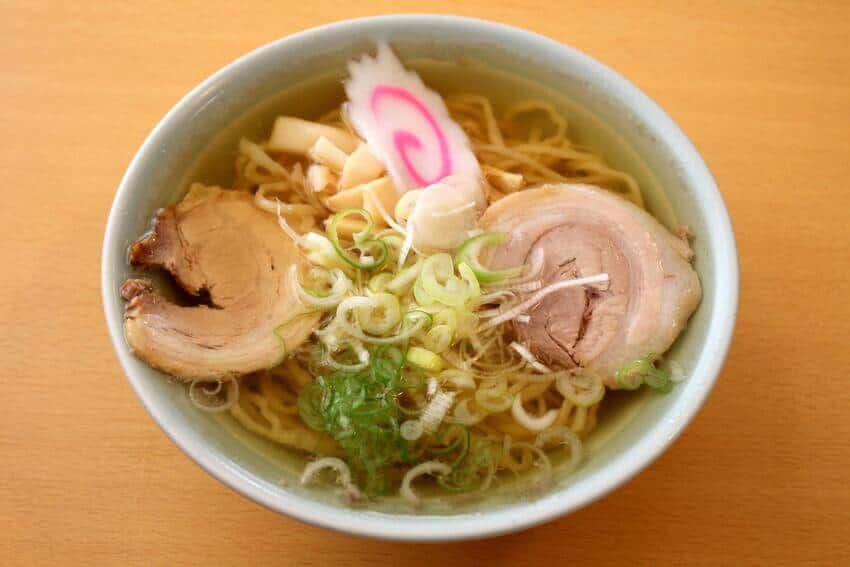For thousands of years, in cultures everywhere, people have been fermenting food to preserve and improve its flavor. In addition to its rich umami taste and flavor, Japanese fermented foods are highly valued for their health advantages. Beyond being delicious, Japanese fermented foods have hundreds of years of tradition – including Japanese preservation techniques, cultural practices, and even holistic medicinal beliefs.
These foods, such as pickled vegetables and soy sauce are traditional in everyday meals and known for their various health benefits. The world of Japanese fermented foods, their place in the tradition of Japanese cuisine, and the healthy properties that make them indispensable in the diet are further analyzed in detail in the following article.
Rice Vinegar
Marinades, glazes and sauces often include mirin or sweet rice wine. Its fermenting process medleys a mellow sweetness that complements savory dishes without being overpowering. Mirin helps to break down components, reminiscent of meat and fish, and enhances flavor with its low alcohol content.
Alternatively, rice vinegar is ideal for pickles because it’s less acidic and more delicate than its Western counterparts. These liquid ferments foster a balanced digestive system in addition to offering culinary flexibility. For more inspiration on how fermented ingredients can be incorporated into healthy gourmet meals, visit https://www.eatologyasia.com.
Fermented Tea

Source: https://gjtea.org/post-fermented-japanese-tea/
Fermented teas, like awabancha and batabatacha, are popular in Japanese foods. After the initial drying, these time-honored post-fermented teas undergo microbial fermentation that gives some of these flavors an earthy-musty taste and immune-boosting capabilities. The teas are valued for their digestive and cleansing properties and are commonly consumed in rural areas.
Recent research suggests that the probiotics in fermented teas aid metabolism and minimize inflammation.
Miso: A Daily Source of Nutrition

Source: https://static.lifetimedaily.com/app/uploads/2017/11/12183331/Miso-soup-nutrition-770×490.jpg
For generations, miso has been a staple of Japanese households. The most common form of consumption is in the form of the soup called miso, typically served for breakfast, lunch, or dinner.
Miso is packed with nutrition. It is packed with protein, vitamins B2 and E, and good bacteria which promote the health of your intestines. Regular consumption of miso has been associated with reduced inflammation, improved immune response, and improved digestion. Some studies suggest that the high amount of antioxidants in fermented soy products also helps prevent several chronic diseases, like heart disease and some cancers.
Natto: A Polarizing Superfood

The most controversial dish in Japanese cooking, natto—which is another classic fermented soybean dish—is a thick and sticky fare with an offensive pungency that is almost guaranteed to polarize.
Despite having a challenging flavor profile, natto is widely recognized for its outstanding health benefits. The slimy, stringy stuff, usually eaten with rice and a little soy sauce or mustard, is made by fermenting soybeans with the bacterium Bacillus subtilis.
Natto is high in fiber and protein, which is crucial for a good heart. Nattokinase, a compound that an enzyme produces during fermentation, is believed to contribute to enhanced blood flow and reduced blood clots.
Additionally, natto—like the nutrient-rich options available at eatologyasia.com—contains a tremendous number of probiotics to help with digestion and enhance the immune system.
The Role of Soy Sauce in Flavor and Digestion

Soy sauce, known in Japanese as shoyu, is one of the world’s most famous fermented condiments and an indispensable ingredient in Japanese cooking. Soy sauce is made by fermenting wheat and soybeans with salt and koji mold. It can be found in sushi, dipping sauces, stir-fry dishes, and noodle dishes. Soy sauce has a few small health benefits beyond flavor. Depending on how it’s made, the fermentation process abandons the conversion of complex proteins and carbs, rendering soy sauce easier to digest.
Fish Mixtures and Fermented Rice

Source: https://revolutionfermentation.com/en/blogs/tempeh-soy-grains/amazake-health-benefits/
Fermented rice and fish preparations like narezushi and amazake are less familiar yet more beneficial. The common ancestor of sushi, narezushi involves fermenting fish and rice for months to arrive at a dense dish full of protein and healthy bacteria. It shows the cultural depth of Japan’s fermentation history.
Amazake, on the other hand, is known for being naturally sweet and creamy and is consumed warm. Amazake is a weak body warmer and digestion aid, as it has simple sugars, vitamins, and amino acids. This is particularly popular in winter months due to its soothing and restorative effects.
Fermented foods in Japan are a diverse group of products with deep cultural, traditional, and health connections. These foods represent more than epicurean delight — they’re rich sources of nourishment, offering everything from the deep satisfaction of miso soup to the potent health benefits of natto. Eating fermented foods like miso, natto, and pickles is associated with better gut health, a stronger immune system, and a decrease in the prevalence of chronic diseases.








Comments